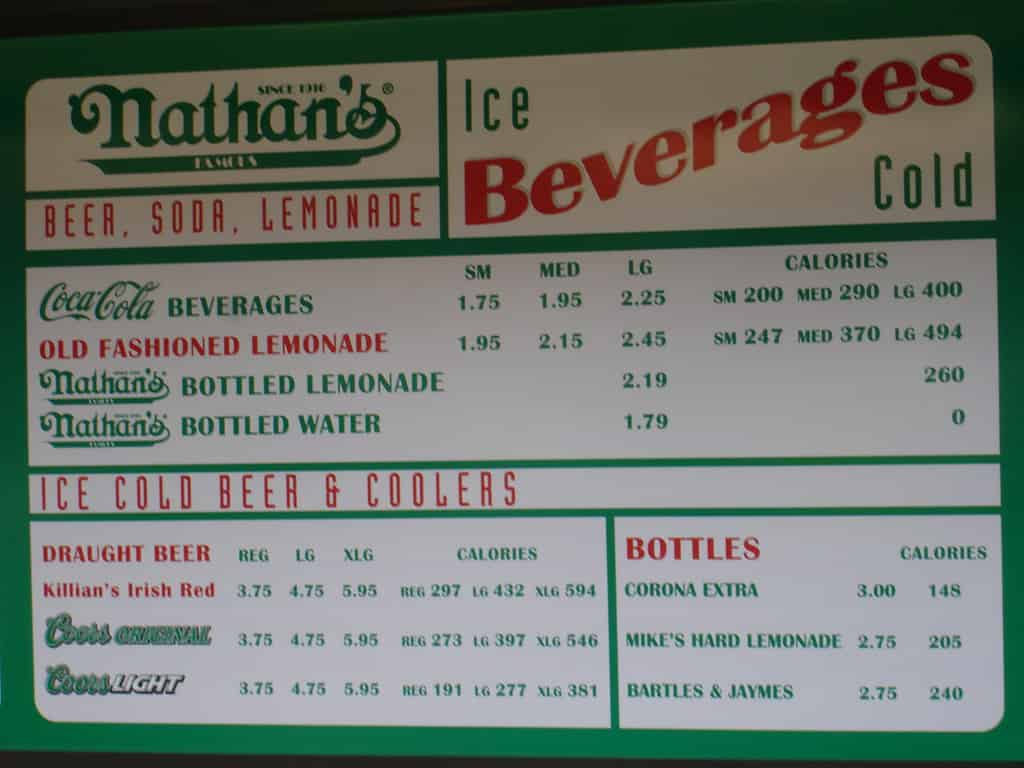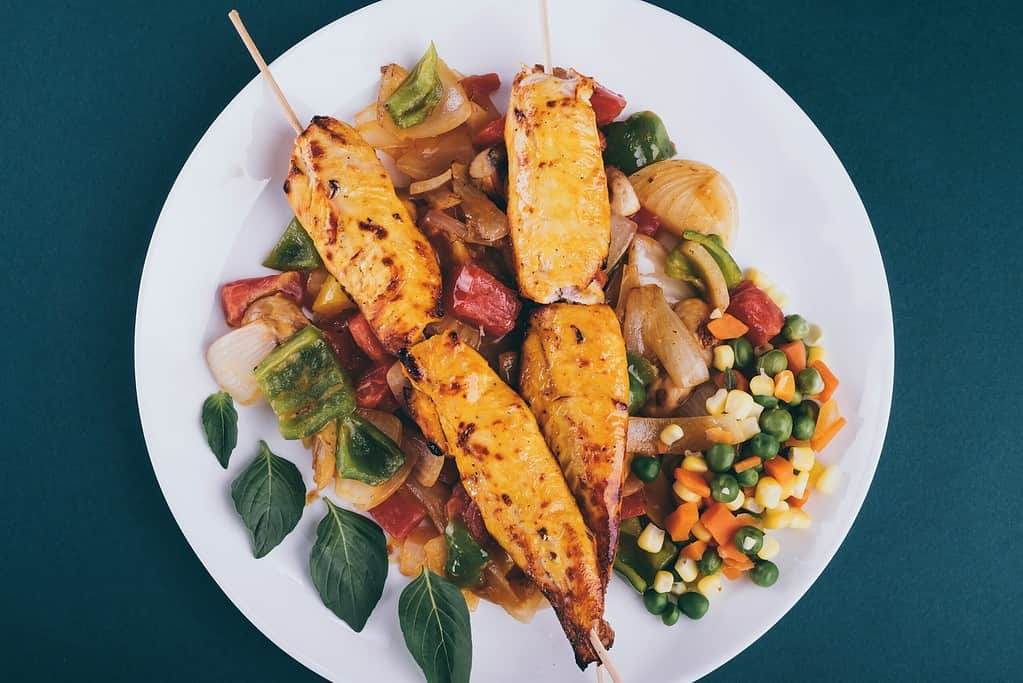Here’s a scenario: you’re at a restaurant, scanning the menu trying to decide what you want. You’re not really sure, but you’ve got two candidates. A burger with fries and a pizza. You’re leaning towards the burger, but then you glance at the calories — the burger has some 500 more calories. What do you do?
Millions and millions of people undergo variations of this scenario every week. Calorie and nutrition labels can convince people to eat slightly healthier and make more conscious decisions.
A new study shows that in the US, calorie labels in restaurants save thousands of lives and billions of dollars every year by convincing people to opt for healthier choices.

Obesity and cancer
Over 70 million adults in the US are affected by obesity. In other words, 1 in 3 American adults is obese.
Among many other problems, obesity is a major risk for a dozen types of cancer, as well as other types of diseases. In fact, in the US, obesity-related cancers make up 40% of newly diagnosed cases of cancer. Tackling obesity should start at home, but restaurants can also help.
Restaurant meals account for 20% of the food consumed by US adults, and most restaurant meals are unhealthy. To help diners be aware (and hopefully reduce) their calorie intake, the Affordable Care Act 2010 mandated that all chain restaurants with 20 plus outlets post calorie counts on menus and menu boards for all standard items. However, this Obama-era policy was delayed time and time again.
It was only implemented in 2018 and now, the results are starting to show. According to a study published by Tufts University researchers, this labeling reduced caloric intake, on average, by 20 to 60 calories per meal. That may not sound like much (the average estimated caloric intake for a person is 2,000 calories per day), but even this small change can make a big difference.
According to the modeling study, this prevented over 28,000 obesity-associated cancer cases and 16,700 cancer deaths over a lifetime. In total, this resulted in a combined saving of $2.8 billion in net healthcare and societal costs.
The results indicated that the greatest numbers of new cases averted were cancers of the endometrium or womb lining (5,700), liver (5,180), kidney (5,090), postmenopausal breast (4,840), and pancreas (1,400).
“It’s important for us to continue to show consumers, policymakers, and industry how small changes can lead to big benefits,” says lead author Mengxi Du, a Ph.D. candidate in Nutrition Epidemiology and Data Science at the Friedman School. “Our population-level view suggests that these labels can be associated with substantial health gains and cancer-related healthcare cost savings that could be doubled with additional industry response, such as by replacing high-calorie menu items with lower-calorie options or reformulating recipes.”

Labels help
The study does have some caveats. It essentially relied on a model, not on large-scale real-life data. Still, researchers say this is still probably just a conservative estimate. Furthermore, they only looked at cancer reduction and obesity. The benefits would be more far-reaching, affecting other conditions like cardiovascular disease or diabetes.
“We modeled only the impact of menu calorie labeling on calories, although the policy may also result in potential changes in the nutritional quality of the restaurant meals,” the researchers write in the study.
“Using the best available estimates, our study further suggested that the federal menu calorie labelling policy is cost-effective in the short term and cost-saving in the long term in reducing obesity-associated cancer burdens.”
Overall, young adults aged 20-44 enjoyed the biggest net health gains and savings. This is important because this group is seeing a disproportionate rise in obesity-associated cancers. But there’s still room for improvement, particularly among groups with lower levels of education and social inclusion. Researchers found that these groups were less likely to pay attention to the calorie
“People with higher education or income levels are aware of the information in menu labels and how to understand it, but we need to put some effort into education among underrepresented, low-income, or at-risk communities because we still see some disparities,” says Du. “I think people would like to see calorie numbers when they go to a restaurant—even if menus don’t provide comprehensive nutrition information, it helps us all make quick calculations about the food we’re about to purchase.”
The bottom line is pretty clear, however. Labeling food can help people make more conscious decisions.
“From this research, we can see how labeling policies that effectively encourage consumers to make healthier dietary decisions are a form of cancer prevention—they reduce an individual’s chances of being obese and getting an obesity-associated cancer, while improving quality of life,” says senior study author Fang Fang Zhang, a cancer epidemiologist and Neely Family Professor at the Friedman School. “These policies don’t require a lot of spend, especially when compared to cancer screening costs, but provide a lot of benefits.”
The study was published in BMJ Open.






